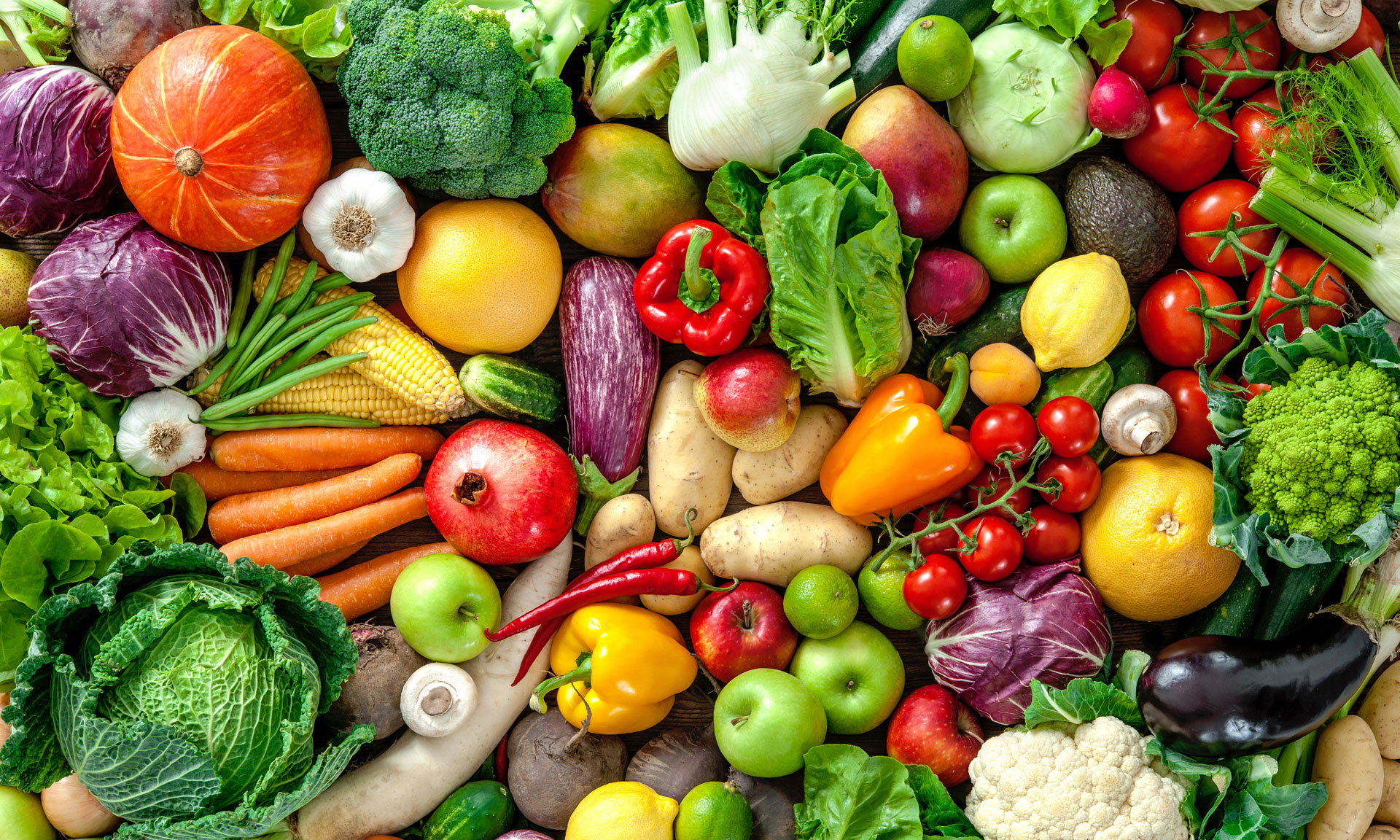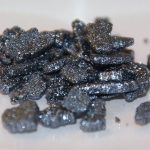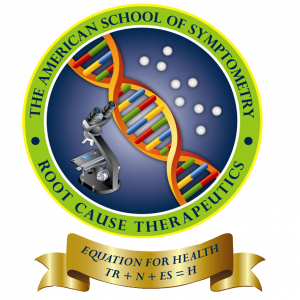
Dr. Maxwell Nartey
Professor of Symptometric Science, American School of Symptometry, NFP
World Center for Health Education and Scientific Enlightenment
Physicians and surgeons have been expressing their concern about their prescriptions not being effective in certain individuals. It turns out that the individuals they are most concerned about are those who eat certain fruits and vegetables. Symptometric research identified the fruit and vegetable in question. The fruit is grapefruit, and Aloe vera is the vegetable in question. Then, there is also a beverage that neutralizes pharmaceutical drugs, thereby making them ineffective.
Prior to surgery or colonoscopy, the patient is advised to steer clear of certain fruits and vegetables from 24 to 48 hours for a reason. The reason is they might bleed uncontrollably during or after surgery, the anesthetic drugs may not be effective, stitching the fresh wound could be problematic, etc.
Since most physicians and surgeons only give orders without patients asking them questions, they do not feel obligated to explain why patients should abstain from certain foods. Symptometry which specializes in correlation diagnostics will provide the much-needed explanation to fill the gap.
Many fruits and vegetables are not only problematic for drug efficacy. They are also dangerous to the person who eats them. For the purpose of this discussion, I will choose only one fruit and one vegetable. The fruit will be grapefruit, and the vegetable will be Aloe vera.
The grapefruit monster
Naringin and the fruit acids in grapefruit, especially tartaric acid make the hydrogen ions in grapefruit so toxic that they neutralize alkyl and halogens in pharmaceutical drugs and leave only the toxic metals in the tissues. This explains why a person who ate grapefruit would make cholesterol-lowering drugs, high blood pressure drugs, Aspirin ™, Warfarin ™, Coumadin ™, and many other drugs including analgesics ineffective.
The other downside of grapefruit is its acids cause the kind of ulceration that makes granulation difficult. This is why drinking grapefruit juice or eating grapefruit predisposes a person to skin ulcers, stomatitis (mouth ulcers), ulcers on the cornea, abnormal Pap smear, cervical dysplasia, HPV, duodenal ulcers, acid reflux, blisters, canker sores, chronic herpes, etc.
When I was experimenting with the fruit acids in grapefruit, I developed a big blister on my lower lip, and it took me more than a week to cure it. This led me to confirm the destructive power of the organic acids in grapefruit. For this reason, Symptometry no longer recommends grapefruit.
Therefore, individuals who have ulcerative colitis, acid reflux, ulcers between their toes, ulcers on the cornea, canker sores, bedsores, etc., or experience easy bruising, beware. Even though there is a high concentration of Naringin in the pulp of grapefruit, which is excellent for enhancing the flexibility of the blood vessels, Symptometry devised a safer arterial exercise to make the blood vessels flexible. It is now recommending this exercise and Formula A16B to lower blood pressure. Now, a word about the vegetable called Aloe vera.
Aloe vera
Unlike grapefruit which has more negatives than positives, Aloe vera is the total opposite. It has more positives than negatives, and even if it hurts drug efficacy, there is absolutely nothing the drug manufacturing companies can do about it.
Aloe vera predates alchemy and pharmacy by at least 5,000 years, and there are archeological records to confirm it. Aloe vera grows in Socotra (Yemen) where it is called Aloe perryi. It also grows in Somalia, Sudan, the deserts of China, the United States, etc.
The ancient Egyptians, before the invention of medicine, called Aloe vera, the plant of immortality. Others called it the Lily of the Desert, the Symbol of grace, defiance, and perseverance, etc.
Why did Aloe vera earn such a classic and formidable reputation? It turned out that it defies the odds. It is the only edible plant on earth that protects its DNA from all adversities even where there is searing heat and there isn’t enough water and light for months.
What is even most interesting about Aloe vera is, it imparts its sterling attributes to the person who consumes it. Hence, the connection between consuming Aloe vera and longevity. Deductive reasoning has led to the following conclusion:
To have a long life, a person must have a robust immune system that subdues streptococcus and other bacteria, fungi, protozoa, and viruses. Their matrix must be intact, and their fibroblasts must keep producing collagen and elastin for their bones, glands, organs, etc. Then, they must produce food enzymes including the equivalent of phytase and cellulase, and ancillary enzymes by the thousands every day. This is the recipe for healthy longevity that people are not aware of.
The Greeks and the Romans did not have a long life, and even today, they do not have a long life. The Neanderthals from whom the Europeans descended, did not have a long life.
In contrast, many Chinese and some of the inhabitants of the Arabian Peninsula had a long life, and a few of them continue to have a long life until this day. It is all about resilience and defiance, Aloe vera style. This has absolutely nothing to do with the genes.
Methuselah
Methuselah who, according to the Bible, lived to be over 900 years old, which is, by modern metrics, the equivalent of 125 years, lived on the Arabian Peninsula where Aloe vera abounds. This peninsula is a swath of desert.
Why did Methuselah have such a long life 2,000 to 3,000 years ago? I was not his contemporary, and no one who is alive today was his contemporary. However, just like archeologists can piece together what happened in the past by examining artifacts and carbon dating them, we can also use deductive reasoning to connect the dots to figure out how Methuselah and a few others could have outlived their contemporaries on the Arabian Peninsula.
They were able to outlive their contemporaries by subduing streptococcus, and fungi, eliminating plaque from their teeth and blood vessels, moving their bowels regularly, neutralizing the poisons and alkaloids in toxic leaves, and counteracting the halogens in snake bites, insect bites, scorpion bites, spider bites, bee stings, hornet stings, mosquito bites, etc., producing collagen and elastin for their skin, blood vessels, and internal organs, and weathering the cold and hot weathers. This was what the Neanderthals could not do. Now, back to Aloe vera.
Deconstructive analysis of Aloe vera
The first question is, what is in Aloe vera that makes it the plant of immortality or the anti-aging plant? The second question is, what is in Aloe vera that makes it the concretion liquefier, the sludge burster, the carbonate eliminator, and the health sustainer par excellence? The third and last question is, what is in Aloe vera that makes it the antibacterial, antifungal, antiviral, antiprotozoal, and anti-inflammatory giant?
Since my eyes can’t help me answer these three questions, I had to turn to the botanical database and chromatography for the answers, and here was what I found. Aloe vera has the following:
- Two aloins
- Starch (polysaccharides)
- Glucomannans (acetylated mannans and poly mannans)
- Anthraquinones
- Sterols
- Saponins
- Glycoprotein
- Organic acids and
- Lectins
The functions of the Aloe vera constituents
Starch sustains Aloe vera’s DNA because it is the polysaccharide that contains ribose. The glycoprotein is the plant’s source of cellulose, phytase, and cellulase. These are the enzymes that enable Aloe vera to survive in the desert on a few drops of mist. How? They are efficient at recycling water, nutrients, and salts. The mannans produce mannose, the sugar alcohol that assists in recycling nutrients and resources.
The spikes on the leaves of Aloe vera keep defoliators at bay, thereby allowing Aloe vera to keep all its chloroplasts intact. It is chloroplasts that harness ferulic acid from the sun and allow Aloe vera to produce chlorophyll all year round, thereby making Aloe vera a perennial edible and therapeutic plant.
The anthraquinones turn environmental pollutants into nutrients, and it is these nutrients, organic acids, and saponins that enable Aloe vera to produce all the essentials needed to make it virus-proof, protozoa-proof, bacteria-proof, and fungus-proof.
However, if basal stem rot disease occurs because of extra-extreme temperature variations, Aloe vera will combine anthraquinones, saponins, glycoprotein, sterols, lectins, and organic acids to produce an alkaloid called alexin. Alexin will confine the disease only to the stem so that it does not spread elsewhere. It is this confinement that allows Aloe vera to continue to live at least for another century.
The takeaway from alexin is, a disease can be confined, by extension, cancer can be confined. If cancer is not allowed to spread, blood will not be poisoned, and heart failure will not occur. This is how a person who has cancer and confines it, would defy the odds and keep living like Aloe vera.
How Aloe vera saved a select few
Thousands of years ago, there was no indoor plumbing. Also, water treatment plants and vaccination did not exist. The rivers, creeks, and lakes, which were the common sources of drinking water were contaminated. Interestingly, those who consumed Aloe vera neither had waterborne diseases such as cholera and dysentery, nor airborne diseases such as asthma, tuberculosis, pneumonia, the common cold, influenza, etc. Now, thanks to Symptometric Science, we know why.
Lectins are in the plant’s gel. They cause clotting and they turn blood into a gel, thereby compromising circulation. This is what makes self-medicating with Aloe vera extremely dangerous.
Medical literature contends that Aloe vera is toxic. This is true, but what makes it toxic, and what also makes it beneficial? Medical researchers have not yet answered these two questions. Here are more questions.
Why is Aloe vera in certain bath soaps, lotions, juices, etc.? Why is Aloe vera extremely effective at healing paper cuts, knife injuries, blisters, wounds, and burns? Medical science failed to investigate the therapeutic benefits of Aloe vera. This continues to be a mistake on their part. Unfortunately, it is too late to wake up and catch up. Symptometric science has already taken the lead in answering these questions.
Symptometric science further investigated Aloe vera and uncovered its healing secret. What is its healing secret? Its sterols (phytosterols), polyphenols, and lignans enhance granulation. How? By releasing electrical energy, magnetic energy, and thermal energy.
Granulation is a stitching process. Cells use magnetic energy to garner protein granules. Then, they use electrical energy to stitch the protein granules, and thermal energy is used to weld the essentials. This is how human cells use Aloe vera to produce cortisol, endorphin, enkephalin, dopamine, globulin, tight junctions, desmosomes, somatomedin, etc. through granulation for natural healing.
Medical scientists dismiss natural healing as folklore. They are dead wrong. The days of promoting pharmaceutical drugs at the expense of Aloe vera are over.
It is they, the medical researchers, who rather got everything about healing wrong. Human cells do exactly what the cells of Aloe vera do to enhance natural healing. This explains why Aloe vera has been around for at least 11,000 years and counting. Rain or shine, Aloe vera will keep thriving. It does not grow in a tropical rainforest. It grows in the desert with very little or no water. If this is not a testament to the defiance, resilience, and perseverance of Aloe vera, then, what is it?
Symptometric science has proven beyond the shadow of a doubt, the healing powers of Aloe vera. As I stated earlier, Aloe vera should be used with great caution because it is both beneficial and toxic.


 Previous Post
Previous Post Next Post
Next Post